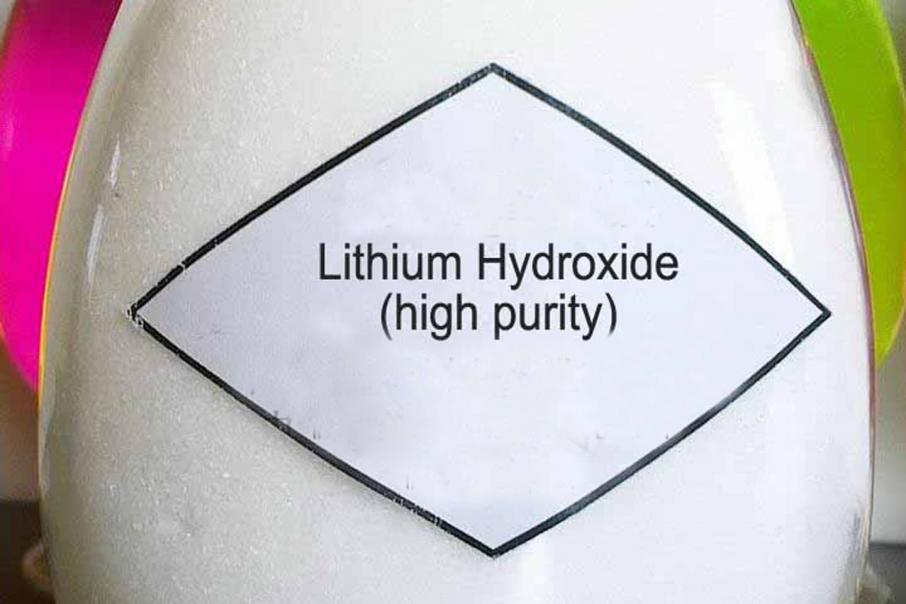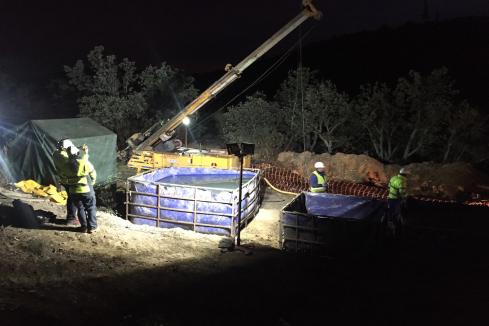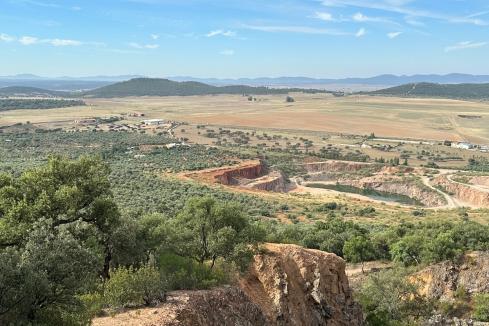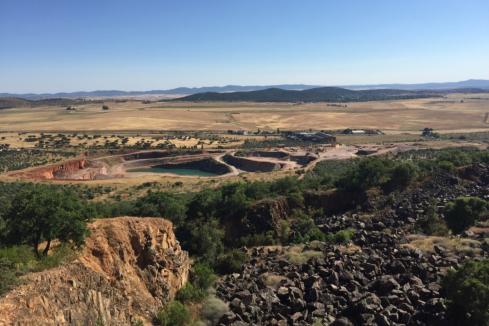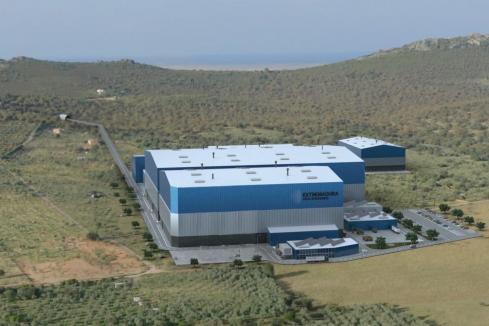Infinity Lithium has kicked off a scoping study that will look into the potential for the company to economically produce lithium hydroxide alongside its San Jose lithium mine in western Spain.
The study is due to be released in September and could result in the company progressing its ongoing feasibility study towards producing a higher value lithium hydroxide battery chemical product rather than lithium carbonate.
Lithium hydroxide fuelled cathodes in rechargeable batteries offer more energy capacity, life cycle and safety compared to lithium carbonate cathodes.
Macquarie Bank recently highlighted that the market was fast gravitating towards lithium hydroxide rather than lithium carbonate.
This demand is also reflected in pricing with Hartleys research recently noting that the price for lithium hydroxide in China as at 16 August 2018 was USD$18,000 per tonne compared to USD$14,000 per tonne for lithium carbonate.
The lithium hydroxide scoping study will be coordinated simultaneously and broadly in parallel with the currently ongoing lithium carbonate feasibility study, which is currently focussed on a fully integrated mining and lithium processing facility on the one site to produce a lithium battery chemicals for Europe’s emerging battery sector.
Subject to the outcome of the lithium hydroxide study, Infinity is planning to build a processing plant right next to its proposed San Jose lithium mine that will produce lithium carbonate using standard sulphate roast-water leach technology.
The scoping study will consider the movement of battery technologies towards greater energy density and the requirements of potential strategic partners and offtake requirements.
This could potentially steer the feasibility study towards producing a lithium hydroxide battery grade product instead.
However, Infinity said this the deviation from the lithium carbonate scoping study process flowsheet occurs after the sulphate recovery stage and most of the work completed to date including resource drilling, environmental considerations, hydrological and geotechnical infrastructure and even leaching is interchangeable.
The company said the sulphate roast-water leach process can be altered in the post leach stages to produce lithium hydroxide.
Infinity previously estimated that while this could add USD$61m to the San Jose project capex figure, the greater value of lithium hydroxide would in turn allow for break even in about 2 years.
Moving to a lithium hydroxide stream will allow Infinity to be at the forefront of the electric vehicle market and also plays into Spain’s desire to be a major contributor in this sector.
Research house Citigroup, recently forecasted that global EV penetration could range from 10% to 18% by 2030.
Indeed, recent reports have indicated that demand for EVs have exceeded supply and resulted in battery shortages.
There is a real opportunity for Infinity to grab the EV bull by its horns in Europe if it can bring its integrated lithium project to fruition.
Producing battery chemicals on the actual mine site is novel and will most likely lead to a cost curve that is quite unique given the exquisite logistics associated with this rare integrated model.






